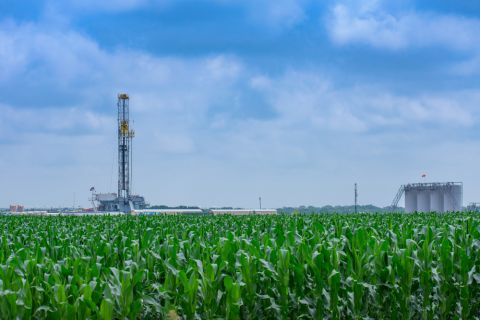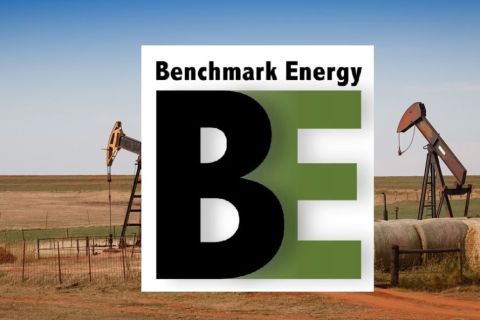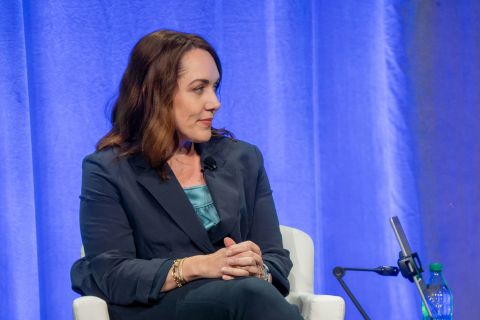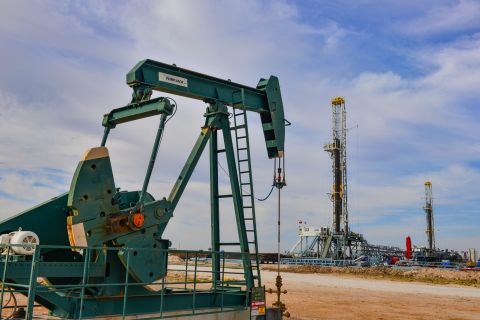[Editor's note: This article and video originally appeared in the October issue of E&P Plus. Subscribe to the digital publication here.]
As an energy technology company, Baker Hughes’ portfolio spans across oil and gas, alternative and renewable energy, as well as other industrial sectors, making it well positioned to respond to various market opportunities.
Lorenzo Simonelli, chairman and CEO of Baker Hughes, recently provided E&P Plus with an exclusive video interview in which he shared his views on the way forward for oilfield service companies in a post-pandemic future.
In addition, the Q&A below delves into even more details on Baker Hughes’ plans and strategies presently and looking ahead.
E&P Plus: What will the oil and gas industry look like as it moves forward into a post-pandemic world? What does a field service company look like to you in the future? How is your company positioned to make that shift? How is digital helping make that shift possible?
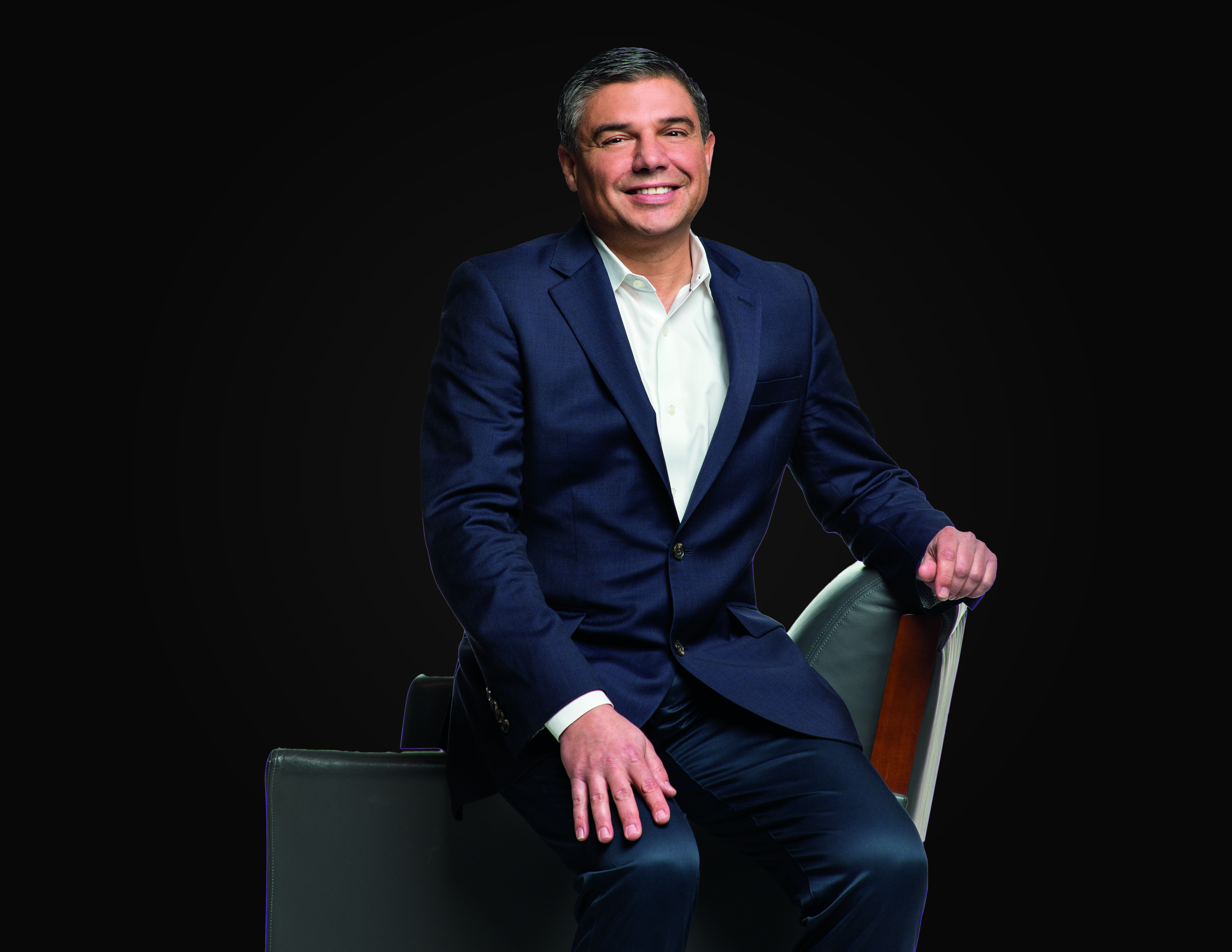
Simonelli: Now more than ever, our customers will demand technology and solutions to support the productivity and efficiency of their operations, both to achieve their carbon reduction goals and to navigate the current macro environment. This gives us an opportunity to engage with customers on new commercial models based on outcomes and new technical and operational solutions focused on transforming efficiency, reducing emissions and maximizing shared value.
For example, the COVID-19 pandemic has accelerated deployment and utilization of remote and virtual operations. Remote drilling services, critical asset monitoring and virtual equipment testing limits HSE risks and nonproductive time, and it allows us and our customers to operate more effectively and efficiently.
Many of these capabilities also are beginning to be further enabled by the convergence of digital technologies and artificial intelligence [AI] that will lead to more transformative outcomes and even higher levels of efficiency and productivity.
E&P Plus: Where do you see offshore fitting in this new energy world?
Simonelli: Offshore will require continuous innovation to improve economics on both current and new projects, and digital capabilities will need to be expanded to enable further remote operations.
Already, our Subsea Connect business model helps customers accelerate time to production, maximize recovery over the life of the field and reduce their total expenditures. By connecting various work streams in a subsea development, we can fundamentally improve project economics—lowering the economic development point of individual subsea projects by up to 30%. That means adding tangible value to planned developments and potentially transforming uneconomic offshore assets into newly viable opportunities.
As we continue to lead in technology for the offshore space, access to reliable power will remain essential. We are currently developing new technology to provide high-voltage electric power distribution to subsea developments. Our high-voltage connectors for traditional subsea power distribution also have applications for the floating wind segment, which we can support with monitoring devices to detect costly and critical turbine failure modes.
E&P Plus: The oil and gas industry has a bit of a reputation for being slow adopters of new technology. How do you see the current downturn impacting technology adoption?
Simonelli: The rate at which our industry adopts new technology will likely accelerate. The industry has innovated before, but it tends to innovate from within, and we need to learn from other industries. The COVID-19 pandemic has required employees and customers to embrace new digital tools at an accelerated rate. For that reason, COVID-19 might be a digital tipping point. It’s reduced the barrier to change, and we are seeing the benefits.
For instance, new digital solutions have proven vital to business continuity during the pandemic, ensuring customer projects move forward despite COVID-19 travel and social distancing restrictions.
As a result, an increasing number of customers are showing interest in our remote drilling services. We now deliver more than 70% of our drilling services remotely, up significantly from about 50% in 2019. Remote drilling is the new normal.
The benefits of remote operations extend well beyond business continuity and safety. We have been able to drive cost efficiencies, improve productivity, enhance well performance, reach new technical milestones and reduce emissions.
E&P Plus: How is your company helping to transform the LNG space?
Simonelli: Baker Hughes has a long heritage of LNG innovation, built on a 30-plus years’ experience in the space, and we have continuously invested in turbine and compressor technology. We also have paired our LNG technology with leading execution, testing, sensing and monitoring capabilities to increase project efficiency and productivity while reducing risks, total costs and carbon footprint.
For instance, our turnkey liquefaction modules shorten lead times to engineer equipment and simplify manufacturing and installation processes. The modules, proven in the most extreme conditions, can integrate with auxiliary systems and controls, so we can connect everything before delivery to further reduce project disruption. This can reduce installation time and costs by up to 30%.
Going forward, we have an important role to play as a partner to LNG customers by helping them lower their carbon footprint through our gas turbine and compressor technologies.
One of the key differentiators is our LM9000 aeroderivative turbine. The LM9000 was recently validated as the world’s most efficient simple cycle gas turbine in its class after its First Engine to Test for Novatek’ Arctic LNG 2 project—a key milestone for the ongoing development of our technology.
With our installed base of over 400 mtpa of liquefaction equipment globally, our LNG service portfolio is uniquely positioned to offer upgrades and technology services that can extend equipment life, enhancing availability and performance, and contribute to further emissions reductions. This includes expanding our gas turbines’ fuel flexibility, specifically around hydrogen blends, and applying technology to reduce potential methane leaks.
E&P Plus: Disruption became the new normal years ago. It seems like the cycles of change are speeding up. How do you lead a company or go about planning for the future when those plans could become obsolete within minutes of being made?
Simonelli: In times like these, it is best to focus on what we do know and what we can control. We know that the world needs more energy, and the world needs more from energy. And we don’t see that changing short term or long term.
For that reason, our purpose is clear, and our commitment is firm. We make energy safer, cleaner and more efficient for people and the planet.
I am proud that our people push the boundaries of what’s possible. We use technologies that explore the future of design and manufacturing, AI and computing at the edge to evolve our portfolio to lead through the energy transition as a company and for our customers.
In early 2019, Baker Hughes was among the first in the industry to make a commitment to achieve net-zero carbon emissions from our operations by 2050 as well as use our own portfolio to help the industry control and reduce its emissions.
Ultimately, this commitment plays an important part in driving our strategic decision-making and R&D approach. Maintaining focus allows us to manage across market cycles in pursuit of a low- to zero-carbon energy future.
E&P Plus: There are many E&Ps and service companies struggling and looking for a new strategy in today’s environment. What would you say differentiates your company from others?
Simonelli: As an energy technology company, Baker Hughes stands apart from other service companies for its ability to offer truly differentiated technology at scale across a variety of energy sources—from oil and gas to alternative and renewable energy.
The scope and scale of our portfolio gives us a unique advantage to bring the most complete suite of low-carbon solutions to energy and other industrial markets. This is a capability our customers require and look for to reduce the carbon intensity of their operations, particularly on major projects.
We also continue to innovate on new low-carbon products and services to help our customers reduce their emissions within oil and gas operations as well as to support the future energy mix. Capabilities such as carbon capture, use and storage; hydrogen; and energy storage are becoming more relevant. These are all areas in which core technology can be applied today as our customers lean into the energy transition.
Internally, we have also taken several concrete steps to advance our own energy transition strategy. This includes actively reducing our emissions by conducting hundreds of facility energy audits as well as increasing our share of energy purchased from renewable sources.
E&P Plus: With more people working remotely and in more dangerous locations, it appears the opportunities are limitless for digital systems. Where does digital—quite possibly the greatest disruptor of all—go from here?
Simonelli: Digital technologies are now fundamental to navigating today’s market realities and tomorrow’s uncertainties. The industry must find ways to reduce operating costs, maintain critical asset reliability and enable remote operations in order to survive.
Remote drilling services existed in various forms over the last two decades, but today restrictions due to COVID-19 limit travel and require social distancing at rig sites. In some instances, this means that if we can’t drill or complete a well remotely, we can’t drill or complete the well at all.
In order to overcome these challenges, the industry is accelerating adoption of differentiated technologies. As businesses gain more comfort with remote operations, we envision moving more personnel off the rig site and into a centralized location to further reduce costs and minimize HSE risks.
Digital technologies like AI are also helping to grow and enhance predictive maintenance, production optimization and energy management. The industry can benefit today from the deployment of AI because the underlying infrastructure is in place. AI is now an important mechanism to deliver productivity, efficiency and safety.
Our BakerHughesC3.ai joint venture alliance is critical to delivering enterprise-scale AI applications that energy companies can adopt across all sectors.
E&P Plus: Climate change remains a dominant topic of conversation and concern. ESG is a front-burner issue for many investors and E&P companies. In building a new energy system that is renewable or more sustainable, how do we ensure the hard lessons taught to and learned by those in the oil and gas space are not repeated in this new energy system? Put another way, how do renewables learn from and not make the mistakes of fossil fuel?
Simonelli: One lesson the renewable power industry can learn from the oil and gas industry is to consider the full life cycle of operations and to be transparent with the public about that process early on, encouraging ongoing two-way dialog to build trust.
This is critical to helping people understand, assess and support the trade-offs required—costs and benefits as well as risks and rewards—in the development and use of various sources of energy.
For instance, renewables companies use oil and gas power generation during their manufacturing and disposal processes. And increasingly, oil and gas companies use renewables to power their manufacturing processes. We do as well.
In 2019, we announced a new agreement to purchase renewable electricity for our facilities in Texas, our largest global region for energy consumption. The renewable power agreement will eliminate a substantial portion of Baker Hughes’ global carbon equivalent emissions over the 10-year term of the agreement.
There is not one perfect energy solution without impacts to consider and mitigate. We need to continue driving informed discussions and cross-industry collaboration to overcome challenges and maintain a license to operate long term.
We will also need a variety of energy sources to meet the dual challenges of decreasing carbon intensity, while increasing access to energy. Only by working in partnership will we be able to tackle the dual challenge successfully.
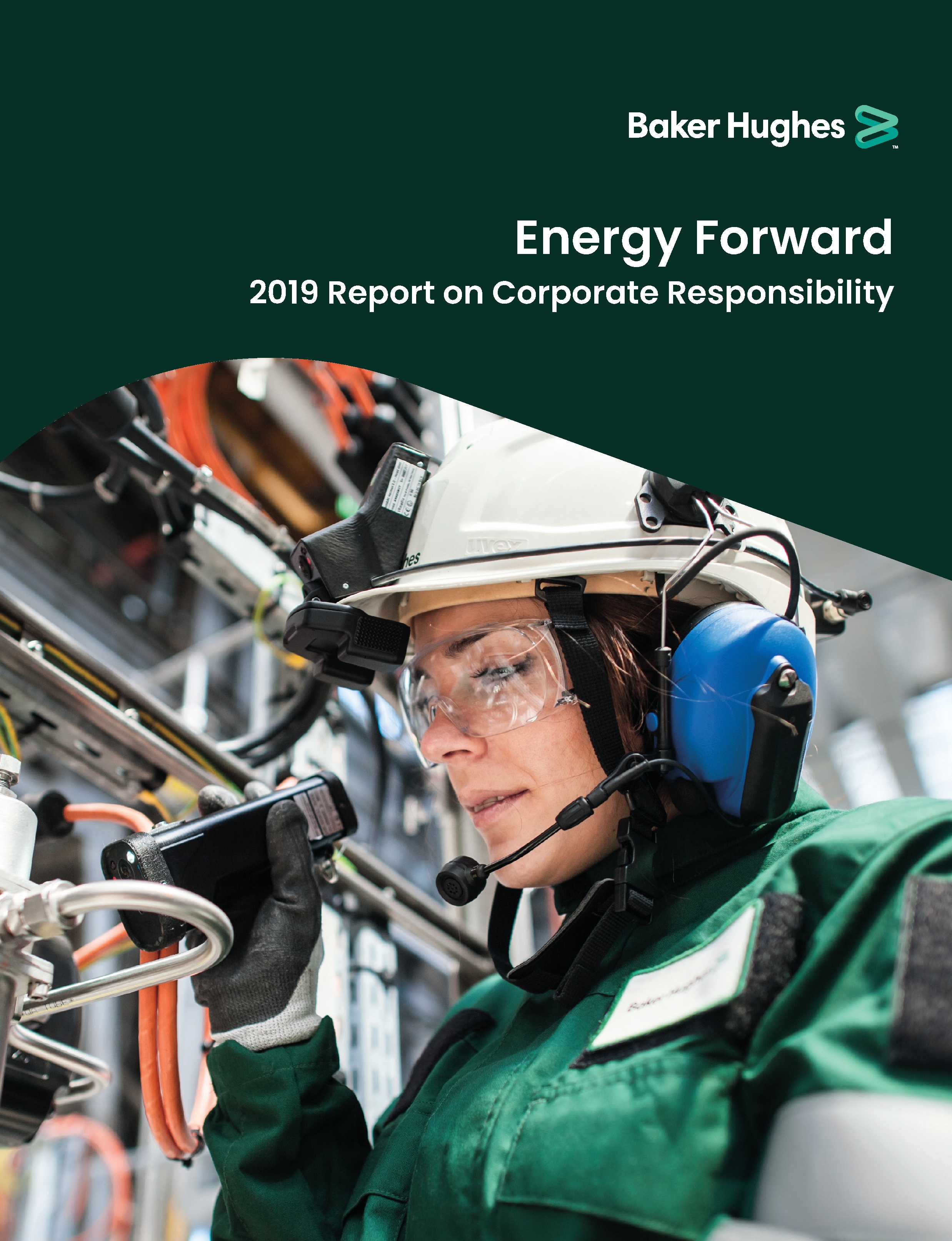
E&P Plus: What advice do you have for those inventors of the next great technology that are struggling to get it accepted or adopted by the industry?
Simonelli: As I lead a company of inventors driven by continuous innovation, my advice is to focus on the outcome delivered by new technologies, not simply the applications. We also must accelerate the development of technologies as we enter the next few years and the energy mix changes, so speed is critical.
The energy transition to low- to zero-carbon solutions by 2050 is one of the greatest opportunities for innovation we’ve seen. We need inventors to think differently and at scale to help us take energy forward.
Recommended Reading
Enverus: Q1 Upstream Deals Hit $51B, But Consolidation is Slowing
2024-04-23 - Oil and gas dealmaking continued at a high clip in the first quarter, especially in the Permian Basin. But a thinning list of potential takeout targets, and an invigorated Federal Trade Commission, are chilling the red-hot M&A market.
EIA: Permian, Bakken Associated Gas Growth Pressures NatGas Producers
2024-04-18 - Near-record associated gas volumes from U.S. oil basins continue to put pressure on dry gas producers, which are curtailing output and cutting rigs.
Benchmark Closes Anadarko Deal, Hunts for More M&A
2024-04-17 - Benchmark Energy II closed a $145 million acquisition of western Anadarko Basin assets—and the company is hunting for more low-decline, mature assets to acquire.
‘Monster’ Gas: Aethon’s 16,000-foot Dive in Haynesville West
2024-04-09 - Aethon Energy’s COO described challenges in the far western Haynesville stepout, while other operators opened their books on the latest in the legacy Haynesville at Hart Energy’s DUG GAS+ Conference and Expo in Shreveport, Louisiana.
Mighty Midland Still Beckons Dealmakers
2024-04-05 - The Midland Basin is the center of U.S. oil drilling activity. But only those with the biggest balance sheets can afford to buy in the basin's core, following a historic consolidation trend.

